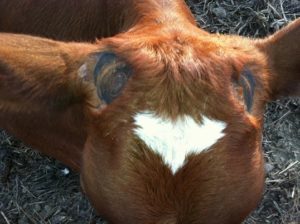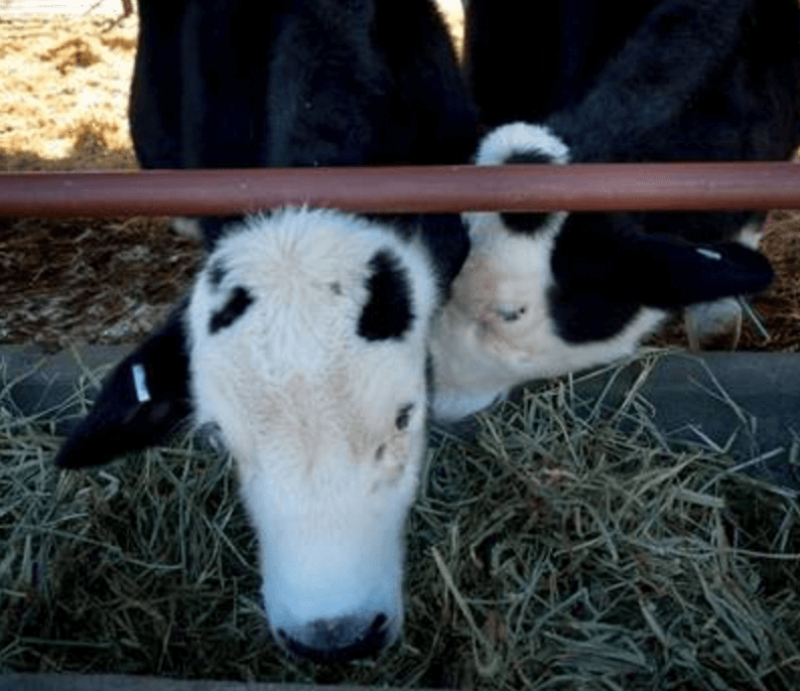Dairy cows, which come from the Holstein breed, naturally grow horns. On farms, the horns are often physically removed because they can pose a threat to other cows, a well as to farm workers handling the cattle. But a group of researchers from the University of California, Davis has developed a method to remove the horns through gene-editing. The team inserted a gene from the naturally

hornless Angus breed to create hornless Holsteins. Have the researchers developed a new type of cow or are they just speeding up the breeding process?
Animal geneticist Alison Van Eenennaam, who led the research at Davis, and Jennifer Kuzma from the Genetic Engineering and Society Center at North Carolina State University, discuss the future of biotechnology in agriculture, what defines a “genetically modified organism,” and to what degree new genetic editing technologies might be regulated. Kuzma expresses concern about the possible unintended effects of gene editing and urges increased regulations and mandated involvement of the public on emerging technologies.(11:20 in audio)
[soundcloud url=”https://api.soundcloud.com/tracks/287741248″ params=”auto_play=false&hide_related=false&show_comments=true&show_user=true&show_reposts=false&visual=true” width=”100%” height=”450″ iframe=”true” /]The GLP aggregated and excerpted this blog/article to reflect the diversity of news, opinion and analysis. Read full, original post: Scientists Develop a Hornless Cow Through Gene Editing































